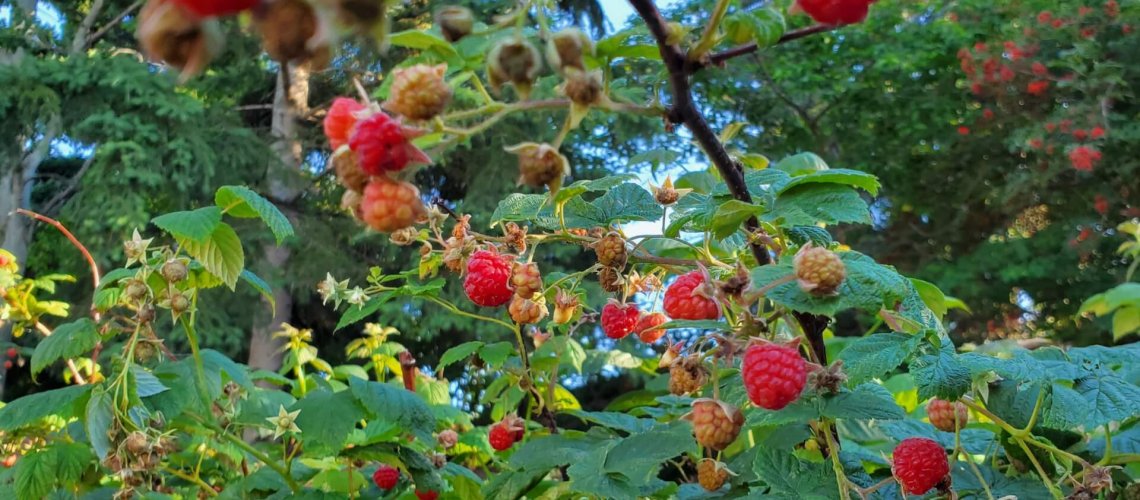Every year, you may raise more than you can eat in the summer. There are many ways you can eat your organic vegetables and fruit well into the winter months.
Store root vegetables such as carrots, turnips, parsnips, and beets in moist peat at about 50C. In a cardboard box, place each vegetable in a row, keeping each one from touching. Cover each layer with a layer of moist peat and a double sheet of damp newspaper. Continue until the box is full. Make sure the peat is quite moist. Carrots and turnips should last into March of the next spring, while beets and parsnips will last up to two months.
To freeze vegetables place them in a freezer bag. Remove the air with a vacuum freezer, or by sticking a straw into the bag and sucking out the air. Vegetables need to be blanched.
Beets can be cooked and frozen.
Excess broccoli, Brussel sprouts, and cauliflower can be cut into individual florets, blanched, frozen on a pan, and stored in freezer bags.
Pick peas and beans while tender. Shell the peas, trim the beans, blanch for 3 minutes, freeze on a pan, then store in freezer bags.
Cabbage can be kept fresh for about two months. Leave the cabbage until the first mild frost. Then pull it up by the roots, place no more than four heads in a large container, and cover the roots with moist garden soil. Keep the soil moist. Why four? Because that is as much as you will be prepared to eat in two months. When you want to cook cabbage, pull it out, strip off the outer leaves that have turned brown, and cook .
To freeze excess cabbage, shred, blanch, place on a tray to fast freeze, and store in a freezer bag. Or you can make sauerkraut.
The only way to save lettuce is to make lettuce soup and freeze it.
Harvest excess onions when the tops start to die off and fall down. Leave them for a week or so and then pull them up. To store, cure by placing them in a hot area for at least a week. Then either hang by the stems in a cool, dry area or cut the stems an inch above the bulb and store them in a cool, dry area, between 5 and 100C. They should last for at least five months.
In late September dig your potatoes, wipe off surplus dirt, and cure for up to two weeks in a warm, dry, dark area. This toughens up the skin resulting in less long-term moisture loss and more resistance to bruising. Then store in light-proof containers and keep at about 5 degrees Celsius at a fairly high humidity. They will store well for up to 6 months. Remember, light causes potatoes to turn green, a poison.
Harvest squash when the skin changes color and is hard to indent with your fingernail. Pumpkin and winter squash will keep for months. Start by wiping with a disinfectant, cure for a couple of weeks in a warm area, and then store them in a dry cool place.
Zucchini does not keep well. Eat what you can. Shred excess zucchini and freeze in a container. It becomes a good filler for stews. You can also use it in zucchini muffins or cake.
To freeze excess tomatoes, remove blemishes, cut them into quarters, and first freeze them on a tray and then vacuum seal the frozen tomatoes. Why? Because the vacuum sealer draws so much moisture out of fresh tomatoes that it won’t seal the bag.
You can also freeze tomatoes whole by placing them in a plastic container and filling the voids with tomato juice.
Freeze berries such as blueberries, saskatoons, raspberries, strawberries, currents, haskaps, and rhubarb without blanching and vacuum freeze. Berries that are pitted such as chokecherries or pin cherries can be made into jelly or pancake syrup.

Recent Comments